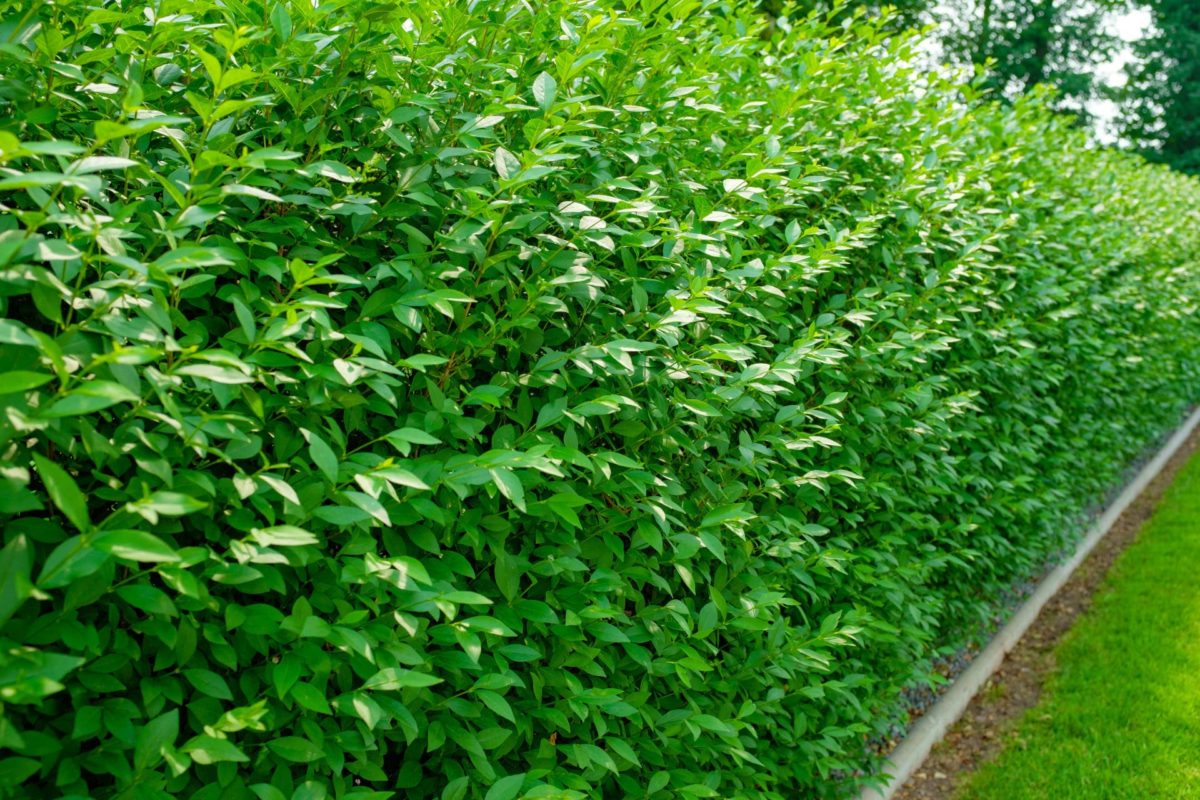Beech trees, belonging to the genus Fagus, are a popular choice for landscaping due to their majestic appearance and adaptability. These deciduous trees are known for their smooth gray bark and lush foliage, which changes beautifully with the seasons.
Characteristics and varieties of Beech trees
Several species of Beech trees are commonly used in landscaping. The European Beech (Fagus sylvatica) is particularly prized for its broad canopy and vibrant autumn colors. Another popular variety is the American Beech (Fagus grandifolia), known for its large, spreading form and golden fall foliage. These trees can create stunning visual impacts in large gardens and parks.
Growth habits and care
Beech trees prefer well-drained, fertile soil and thrive in full sun to partial shade. They require ample space to grow, making them ideal for large landscapes. Young Beech trees benefit from regular watering and mulching to help establish their root systems. Once established, they are relatively low-maintenance but may need occasional pruning to maintain their shape and health.
Uses in landscape architecture
The versatility of Beech trees allows them to be used in various ways in landscape design. They are often planted as specimen trees, creating a focal point in a garden. Beech trees are also popular for creating allees or as part of a mixed woodland garden. Their dense foliage makes them suitable for privacy screens or windbreaks in larger properties.
Incorporating Beech trees into your landscape design adds a touch of elegance and seasonal beauty. Their majestic stature and changing colors throughout the year offer enduring visual interest, making them a valuable addition to any outdoor space. With their adaptability and ease of care, Beech trees continue to be a favorite among gardeners and landscape designers.
Beech’s contribution to ecological balance
Beech trees play a crucial role in supporting local ecosystems, offering habitat and food for a variety of birds and wildlife species.
